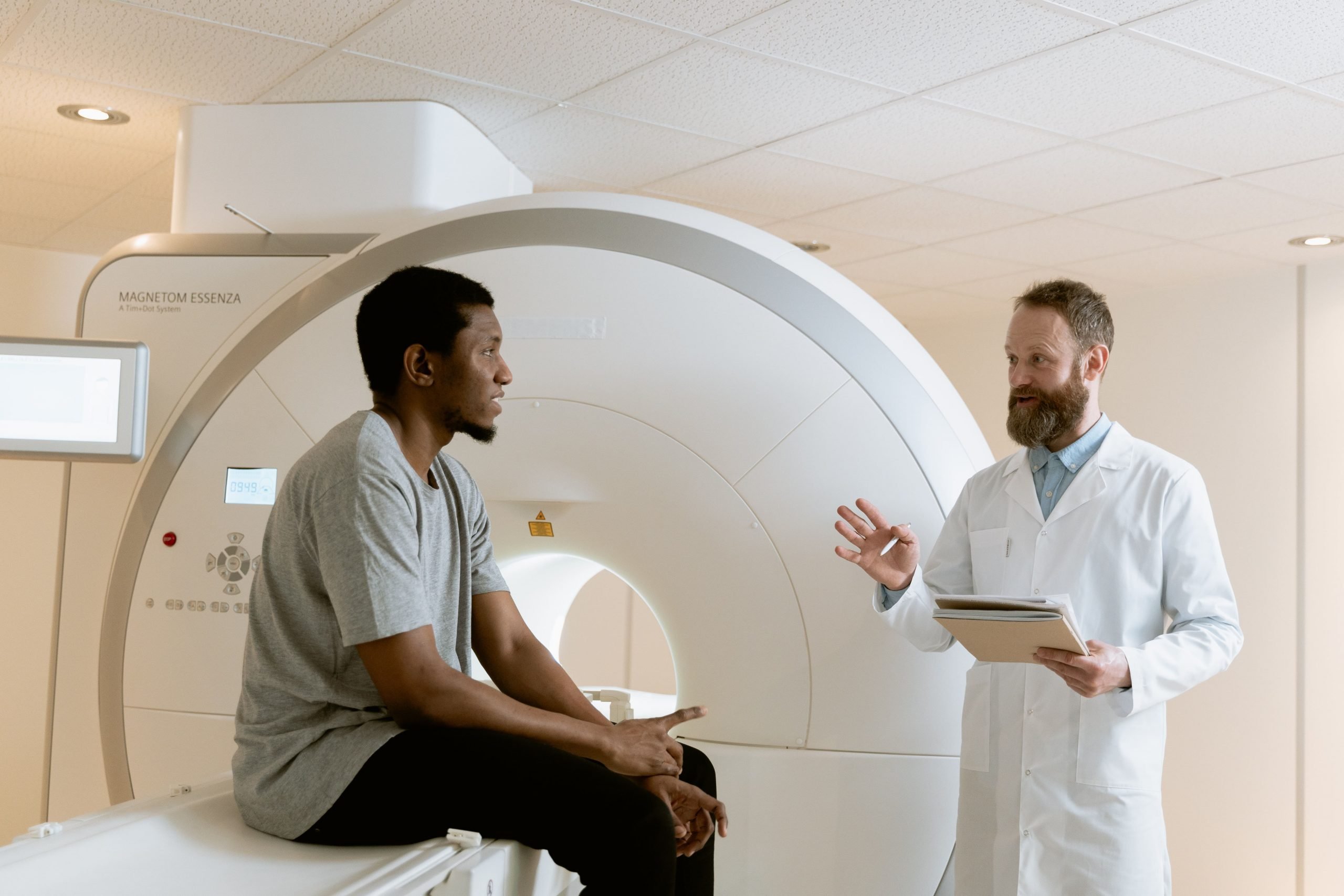Blog on PET Scan Procedure, Result & Radiation Exposure
This Blog is an Introduction to Pet scan. This Blog on PET scans explains Positron Emission Tomography, a nuclear medicine imaging test that aids your doctor in detecting cancer in your body. The scan involves injecting a small quantity of liquid radioactive tracer into the body to identify several disorders, including many forms of malignancies and brain and heart issues. FDG, or fluorodeoxyglucose, is the most often used radioactive chemical for this purpose. These are ingested, breathed, or injected into the circulation, where they aggregate and emit energy through gamma rays. The tracer will collect in locations with increased chemical activity and be detected by PET scanners as The PET scan monitors blood flow, oxygen consumption, sugar metabolism, and other factors. PET scanning is an outpatient operation, which means the patient does not need to stay in the hospital overnight. A PET scan can be used to assess a variety of illnesses, including cancer, heart disease, and brain issues. PET pictures are frequently coupled with CT or MRI scans. More picture clarity for better evaluation, shorter scan time, minimal radiation exposure, increased patient comfort and a broad expandable field of view are benefits of our centre's cutting-edge PET CT technology. This…





